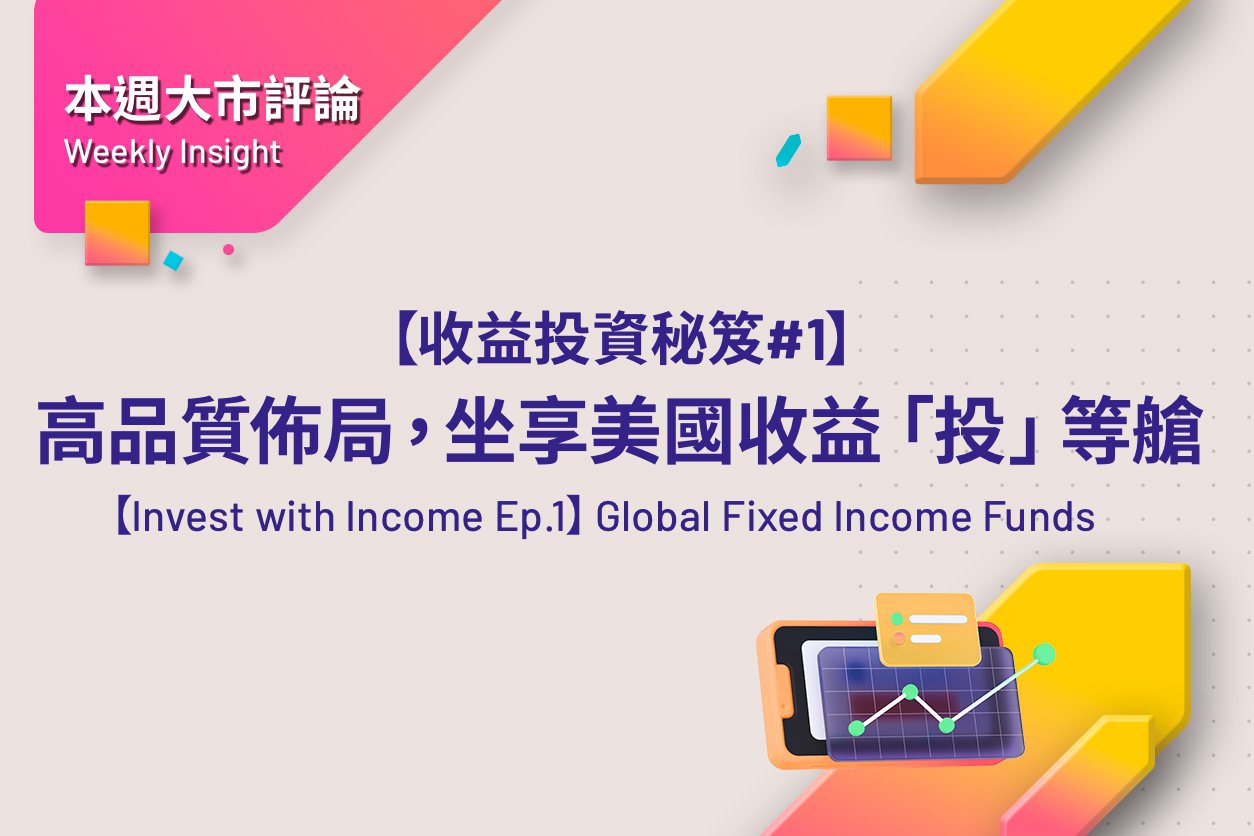 Valuation at discount, Corporate Bond prospects attractiveThe positive atmosphere has driven the performance of the corporate bond market. As of the end of June this year, the ICE Bank of America U.S. High Yield Bond Index recorded a 5.41% increase1. There are reasons for the good performance of corporate bonds this year. After the 2022 cut, many bonds are trading at significant discounts to face value. For example, the price of investment-grade corporate bonds has fallen to the lowest level since 20082, thus providing very attractive total return potential.In addition, according to historical data, U.S. investment-grade corporate bonds rarely experience negative annual returns, and negative returns for more than two consecutive years are even rarer; similarly, U.S. high-yield bonds have never experienced negative returns for two consecutive years.When investing in corporate bonds, one of the risks that needs attention is the default rate, and the default rate of U.S. investment-grade corporate bonds has always been very low; in terms of U.S. high-yield bonds, the default rate in dollar-weighted terms is only 2.71%. If The issuer-weighted calculation is as low as 1.53%3. Both calculation methods are also lower than the long-term average, reflecting the overall solid financial status of the company.After the Federal Reserve has repeatedly raised interest rates, the U.S. economy has continued to grow, which has greatly surprised the market. However, some investors are worried that the effects of tightening monetary policy have not yet appeared, and they are worried that high interest rates will always affect household wealth, consumption intentions and Property market trends. In view of this, while investors participate in the rise in corporate bonds, they also need to take defensive measures, such as using U.S. Treasury bonds to protect their principal. At the same time, U.S. Treasury bonds can also provide higher and more reliable returns when interest rates rise sharply.Focus on profitability and qualityIn summary, as the tightening cycle matures, different bonds will bring different effects: U.S. Treasury bonds or agency bonds can provide a safe haven for the investment portfolio and bring sustained income and ample liquidity; U.S. investments Grade bonds are expected to create stable returns based on quality; while U.S. high-yield bonds can increase overall income and total return potential while reducing overall duration risk.It is worth noting that diversification of investments is important, but if the composition of bonds is too complex, investors may also face unpredictable risks. For example, the performance of U.S. mortgage-backed securities is closely related to the housing market, while bonds rated CCC or below have quality doubts. Constructing a simple but high-quality bond portfolio will more effectively achieve the goals of capital appreciation, income generation and risk reduction.Want to search and invest in related funds?Open the WeLab Bank App and click【GoWealth > Pick your own funds > Bond & Money Market > Global Income】to find out more!Source:
Valuation at discount, Corporate Bond prospects attractiveThe positive atmosphere has driven the performance of the corporate bond market. As of the end of June this year, the ICE Bank of America U.S. High Yield Bond Index recorded a 5.41% increase1. There are reasons for the good performance of corporate bonds this year. After the 2022 cut, many bonds are trading at significant discounts to face value. For example, the price of investment-grade corporate bonds has fallen to the lowest level since 20082, thus providing very attractive total return potential.In addition, according to historical data, U.S. investment-grade corporate bonds rarely experience negative annual returns, and negative returns for more than two consecutive years are even rarer; similarly, U.S. high-yield bonds have never experienced negative returns for two consecutive years.When investing in corporate bonds, one of the risks that needs attention is the default rate, and the default rate of U.S. investment-grade corporate bonds has always been very low; in terms of U.S. high-yield bonds, the default rate in dollar-weighted terms is only 2.71%. If The issuer-weighted calculation is as low as 1.53%3. Both calculation methods are also lower than the long-term average, reflecting the overall solid financial status of the company.After the Federal Reserve has repeatedly raised interest rates, the U.S. economy has continued to grow, which has greatly surprised the market. However, some investors are worried that the effects of tightening monetary policy have not yet appeared, and they are worried that high interest rates will always affect household wealth, consumption intentions and Property market trends. In view of this, while investors participate in the rise in corporate bonds, they also need to take defensive measures, such as using U.S. Treasury bonds to protect their principal. At the same time, U.S. Treasury bonds can also provide higher and more reliable returns when interest rates rise sharply.Focus on profitability and qualityIn summary, as the tightening cycle matures, different bonds will bring different effects: U.S. Treasury bonds or agency bonds can provide a safe haven for the investment portfolio and bring sustained income and ample liquidity; U.S. investments Grade bonds are expected to create stable returns based on quality; while U.S. high-yield bonds can increase overall income and total return potential while reducing overall duration risk.It is worth noting that diversification of investments is important, but if the composition of bonds is too complex, investors may also face unpredictable risks. For example, the performance of U.S. mortgage-backed securities is closely related to the housing market, while bonds rated CCC or below have quality doubts. Constructing a simple but high-quality bond portfolio will more effectively achieve the goals of capital appreciation, income generation and risk reduction.Want to search and invest in related funds?Open the WeLab Bank App and click【GoWealth > Pick your own funds > Bond & Money Market > Global Income】to find out more!Source:1Intercontinental Exchange, data as of 30 Jun 2023
2Intercontinental Exchange and AllianzGI, data as of 30 Jun 2023
3Intercontinental Exchange and AllianzGI, data as of 30 Jun 2023Importance Notice
This document is for general information only. The information or opinion herein is not to be construed as professional investment advice or any offer, solicitation, recommendation, comment or any guarantee to the purchase or sale of any investment products or services. This document is for general evaluation only. It does not take into account the specific investment objectives, financial situation or particular needs of any particular person or class of persons and it has not been prepared for any particular person or class of persons. The investment products or services mentioned in this webpage are not equivalent to, nor should it be treated as a substitute for, time deposit.
The information or opinion presented has been developed internally and/or taken from sources (including but not limited to information providers and fund houses) believed to be reliable by WeLab Bank, but WeLab Bank makes no warranties or representation as to the accuracy, correctness, reliabilities or otherwise with respect to such information or opinion, and assume no responsibility for any omissions or errors in the content of this document. WeLab Bank does not take responsibility for nor does WeLab Bank endorse such information or opinion.
Investment involves risks. The price of an investment fund unit may go up as well as down and the investment funds may become valueless. Past performance is not indicative of future results. WeLab Bank makes no representation or warranty regarding future performance. Any forecast contained herein as to likely future movements in interest rates, foreign exchange rates or market prices or likely future events or occurrences constitutes an opinion only and is not indicative of actual future movements in interest rates, foreign exchange rates or market prices or actual future events or occurrences (as the case may be).
You should not make any investment decision purely based on this document. Before making any investment decisions, you should consider your own financial situation, investment objectives and experiences, risk acceptance and ability to understand the nature and risks of the relevant product(s). WeLab Bank accepts no liability for any direct, special, indirect, consequential, incidental damages or other loss or damages of any kind arising from any use of or reliance on the information or opinion herein. You should seek advice from independent financial adviser if needed.
WeLab Bank is an authorised institution under Part IV of the Banking Ordinance and a registered institution under the Securities and Futures Ordinance (CE Number: BOJ558) to conduct Type 1 (dealing in securities) and Type 4 (advising on securities) regulated activities.
This document is issued by WeLab Bank. The contents of this document have not been reviewed by the Securities and Futures Commission in Hong Kong.

